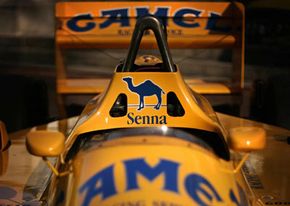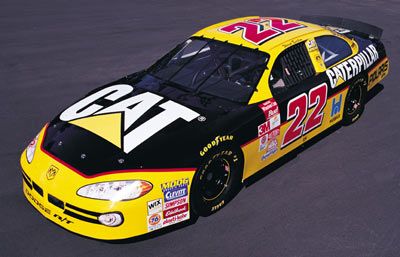When the French held the first grand prix in 1906, the race organizers, the Automobile Club de France, couldn't have guessed how big their motor sport would become. That first race featured 32 cars on a 65-mile course near Le Mans and took two days to complete. The average speed of the winning car, a Renault driven by Hungarian Ferenc Szisz, was 62.887 mph.
Advertisement
From those humble origins, Formula One racing was born, and over the years, it has grown to be one of the most popular sports in the world. It appeals to millions of fans, attracts a huge sponsorship and delivers champions who are as revered as Olympic medalists. Why? Because Formula One racing satisfies our fundamental need to push technology to its limits and to enjoy, even if vicariously, the thrill and excitement of high-speed travel.
This article will introduce you to the basics of Formula One. It will focus on all of the elements that make a grand prix race special, from the cars and drivers to the teams and tracks. And it will help you understand why Formula One has been described as "a saga of ecstasy and agony" [source: Hilton].


